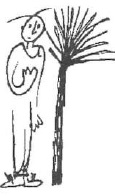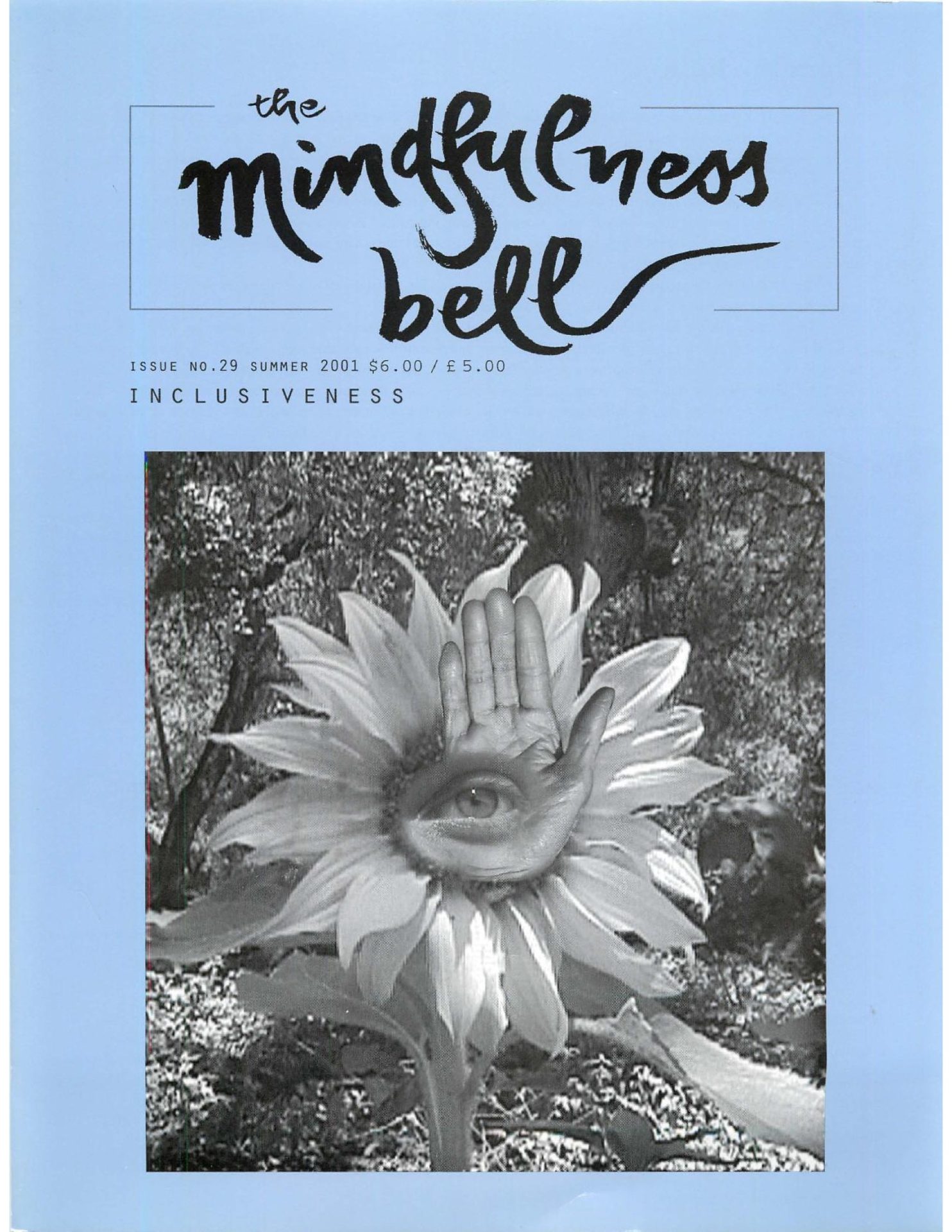
By Barbara Casey
One Valentine’s Day I was able to deeply touch the pain of not feeling included. It was a warm, blue sky February day and I was extraordinarily happy to be with my beloved. I think it was because I was feeling so happy and safe that when a small interaction touched in me the feeling of being excluded, a core childhood belief that there was no place for me,

By Barbara Casey
One Valentine's Day I was able to deeply touch the pain of not feeling included. It was a warm, blue sky February day and I was extraordinarily happy to be with my beloved. I think it was because I was feeling so happy and safe that when a small interaction touched in me the feeling of being excluded, a core childhood belief that there was no place for me, I was able to be fully present with it. Instead of putting on the armor of pretending not to care or reacting in anger as a defense against the pain, I allowed myself to honor the message, to say "hello" to it, and to hold it with awareness. I went off by myself and began to cry as I felt the pain still in me from childhood, and at the same time I was able to hold my unhappy child with tenderness. As the sadness passed and I felt completed with this process, instead of coming to place of peace I began to cry even harder, but with a kind of detached awareness. As T allowed myself to stay with the pain, I began to understand that I was experiencing the universal pain of fee ling excluded, of feeling uncared for. It was Valentine's Day and I was swimming in the ocean of the sadness of all of us who have felt excluded from being loved. I felt an enormous gratitude that I was able to be both a witness to this sadness and to be pali of its transformation.
It seems to me that all human beings must carry this issue of fee ling left out to some degree. It is a messy business to uncover because we've each created our own complex pattern of defenses to keep ourselves safe from its exposure. The heart of my Sangha carries this sacred wound and it is a big challenge to recognize it beneath our protective devices. It shows its face in these examples: One person sees someone in a brown jacket and feels excluded, while the next person sees the same brown jacketed person and feels honored to be part of the group. In planning a Day of Mindfulness, one person doesn't want to split into small groups because she feels excluded from hearing what everyone has to say; another person wants to split into small groups so that even the most shy of us will feel included to speak his heart. The same wound, the same loving intention; different filters of perception based on each of our past experiences. When these differences come up, we sit down together with an open mindful intention and practice deep listening to hear and understand the perceptions of the other. Though we may continue to hold different opinions, this sharing allows enough space for each of us to glimpse into the roots of the other's view, and to fee l the love and sincerity in the intentions of our brothers and sisters. It opens us to new ways of doing things, and shows us the value that each of our differing views brings to the who e.
I used to fee l that these differences hampered the growth of our Sangha. Now I begin to see that the opportunity to practice that comes with these differences and conflicts is our growth, that we are sharing in the healing and transformation of this deeply human sacred wound. Slowly we are learning to expose our hurt to the fresh air and sunshine that will foster its healing. We must learn to touch one another so lightly, with such tenderness and without judgment. We must rely on our moment-to-moment practice to expand our capacity to be present with our fee lings without reacting or withdrawing. As we practice mindfulness together the love grows in the midst of the suffering and we find the courage and tenacity we need to grow a strong Sangha, a Sangha with the potential to love without limits.
Barbara Casey, True Spiritual Communication, has recently moved with her husband, Robert Sorrell, and her dog, Mac, to the Clear View Lay Practice Center in Santa Barbara, CA.

